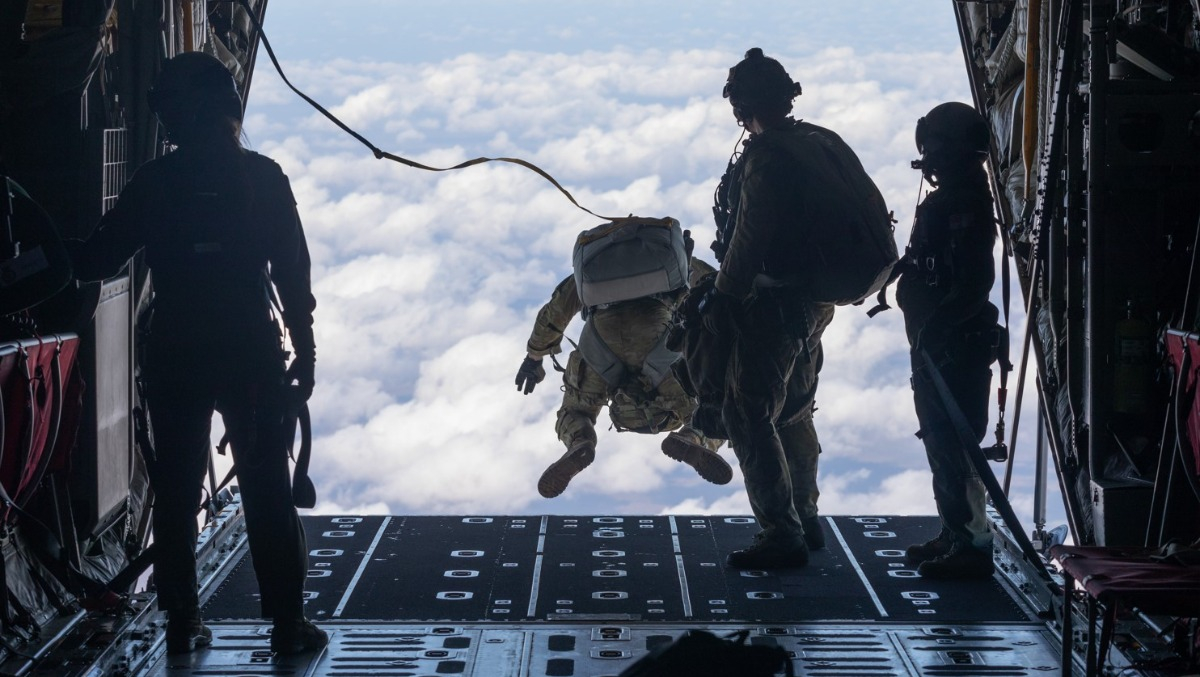
The RAAF looks set to purchase 24 new versions of the Hercules for up to $10 billion to replace its ageing fleet of the iconic aircraft.
Defence said earlier this week it was committed to “replacing and expanding” the Lockheed Martin C-130, but the US State Department seemingly gave away more details of a possible deal when it formally granted permission for the transaction.
If the agreement goes ahead, Australia would acquire the new ‘130J-30’ variant that adds more than 4 metres to the fuselage.
The US Defense Security Cooperation Agency said in a notice that Australia was one of the country’s “most important allies in the Western Pacific”.
“The strategic location of this political and economic power contributes significantly to ensuring peace and economic stability in the region,” the DSCA said.
“It is vital to the US national interest to assist our ally in developing and maintaining a strong and ready self-defense capability.”
The purchase would include spare parts, comms equipment and countermeasures to protect the Hercules from enemy fire.
Having been manufactured for more than 60 years, the Lockheed Martin C-130 Hercules is the longest continuously produced military aircraft.
In total, 48 have supported ADF operations in Afghanistan, Iraq, East Timor and Vietnam, and humanitarian disaster relief missions in Pakistan, Indonesia, Papua New Guinea and the South Pacific.
Australia obtained its initial batch in December 1958, becoming the first nation to operate the aircraft outside of the US Air Force.
The four-engine turboprop, medium-lift aircraft increased transport capability, and reduced reliance on piston-driven aircraft such as the C-47.
The latest J variant was first operated in 1999 by the RAAF.
It comes after Defence said on Tuesday it had approached a number of aircraft manufacturers and received information on all available medium air mobility options.
“The relative merits of each aircraft type have been assessed against Australia’s capability requirements,” it said in a statement.
“Defence seeks a low risk, certified in all roles, proven, mature and affordable replacement aircraft that meets Australia’s air mobility needs. Project principles have incorporated lessons learned from previous major Defence acquisitions as well as the in-service experience with the current C-130J fleet.
“Defence has identified that the new C-130J aircraft represents the only option that meets all of Australia’s capability requirements and assures Defence’s medium air mobility capability without introducing substantial cost, schedule and capability risk.
“As a result, new C-130J aircraft will be the only option that Defence will progress for government approval under Project AIR 7404 Phase 1 in 2023.”
The federal government’s faith in the Hercules comes after it last month highlighted the Spartan’s inability to land on battlefields as an example of mismanagement of Defence projects by the previous Liberal federal government.
The Albanese government said it found that at least 28 projects are behind schedule by a cumulative 97 years, while 18 were also over budget.
It claimed the blowout in costs reached $6.5 billion and pledged a raft of reforms to stop future complications.
Australia currently has 10 Spartans operated by No. 35 Squadron from RAAF Base Amberley, which now focuses on peacetime operations such as search and rescue and aeromedical operations.
The RAAF initially bought the aircraft as a replacement for the Caribou to fit in between the Chinook and larger Hercules and C-17 Globemaster.















